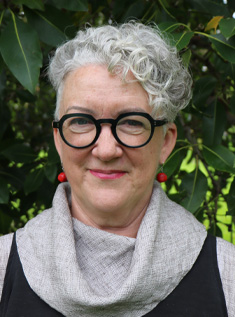
 Since the inaugural Australian Disaster Resilience Conference was hosted in Perth in 2018, the event has seen incredible growth in participation and interest. Speakers and delegates are now drawn from all levels of government, the non-government sector, business, philanthropy, the community sector and communities. In 7 years, what began as a small and highly enthusiastic gathering of 80 people in Perth has grown to the sell-out crowd of 600 people we welcomed in Sydney.
Since the inaugural Australian Disaster Resilience Conference was hosted in Perth in 2018, the event has seen incredible growth in participation and interest. Speakers and delegates are now drawn from all levels of government, the non-government sector, business, philanthropy, the community sector and communities. In 7 years, what began as a small and highly enthusiastic gathering of 80 people in Perth has grown to the sell-out crowd of 600 people we welcomed in Sydney.
Each year, the conference program was curated from a large number of proposed abstracts. The program’s diversity and breadth has become a drawcard for delegates and speakers alike. Details about the event can be found on page 153 of this edition of the Australian Journal of Emergency Management.
However, this is not the only driver of the event’s increasing attendance. The business case for disaster resilience and risk reduction is recognised by increasingly diverse sectors of society including insurance, finance and the economy, the built environment and infrastructure, the natural environment, the health and wellbeing sectors, research and development and the arts and cultural sectors. We have diverse groups involved in this work including Indigenous groups, groups focused on children and young people, gender-diverse individuals and groups and those with disability. Partners of AIDR are diversifying and they are attending the conference because of the value of learning about and sharing risk reduction and resilience expertise.
Broadening our engagement and fostering a sense of ownership for disaster resilience and risk reduction beyond the traditional emergency management sphere is an important shift. The challenge is how we build the capability, the knowledge and the literacy to sustain this. This is the work that AIDR continues to focus on and the work that we were proud to share through this year’s conference program.
The Australian Disaster Resilience Conference also had a presence in the AFAC24 exhibition, including the AIDR Knowledge Centre and poster display, Resilience Lane and the AIDR stand. We were heartened to welcome so many visitors to the stand, which was described by visitors as the ‘kitchen bench’ where people would gather to chat. The team at AIDR are proud to provide this hub of knowledge and connections and will keep the door open to support people working to build resilience and reduce risk.
The door is open for you to connect with us, and for you to connect with each other. Engaging with diverse sectors opens up the diversity of thought and perspectives required to strengthen a systemic approach to our work. By bringing different sectors, parts of society, views and perspectives to the conversation, we can better understand how decisions made in one area impact another, and how our priorities can intersect and support each other.
The AIDR Knowledge Hub continues to be the digital home of knowledge and connection for our stakeholders. It is a national, open-source platform that supports and informs policy, planning and contemporary good practice in disaster resilience and hosts important publications and resources such as the Australian Journal of Emergency Management, our Handbook Collection and the Disaster Mapper.
I encourage you to connect with us. Connect with our knowledge and events and connect with each other. Together we will drive the systemic change needed to create a resilient future.


